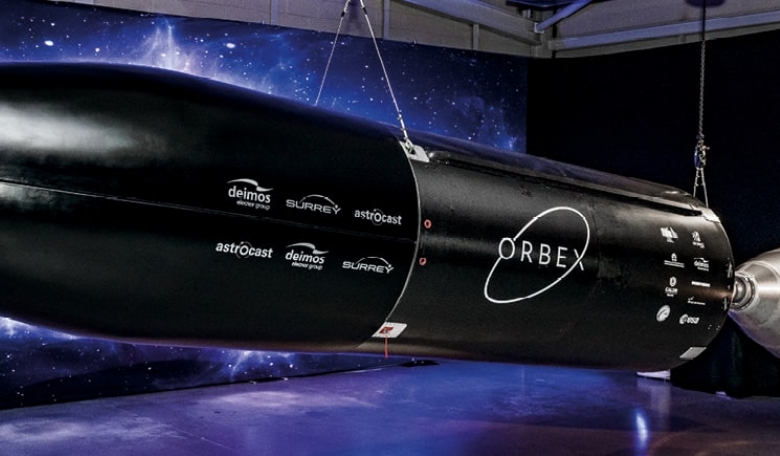The UK Space Agency (UKSA) has ambitious goals to become Europe’s first one-stop-shop on both the supply and demand side for small satellites and it believes that launch capabilities, in the form of a UK spaceport, will “help kick-start an exciting new era for the UK space industry”. Making these ambitions a reality is a tough, although exciting, challenge and the process from paper to a fully operational spaceport requires careful planning. So how do we go about building a UK spaceport? What will be launched and how, why, where and when will it happen?
Before digging deep into spaceport design plans, site infrastructure and operational requirements to find out how we build a spaceport, it is essential to carry out market research to gather information about the target market and potential customers, clarifying if the project is beneficial. Analysing why the UK should host its own spaceport can provide useful information as to how it should be built.
In its 2014-2030 Space Growth Action Plan, space industry trade association UK Space said: “Access to space is a barrier to growth for UK companies as well as a commercial opportunity”, and called for the UK Space Agency to champion policy and investment to establish a spaceport in the UK by 2018, as well as identifying further reforms to regulation needed to allow commercial spaceflight in the UK.
With the number of proposed spaceports rapidly increasing all over the world, the addressable markets are often difficult to judge and market analysis needs to be part of the business case which justifies any spaceport project. UK government-funded research suggests that more than 30 small satellite operators plan to launch low Earth orbit (LEO) constellations before 2030, amounting to more than 7000 potential satellites. LEO satellites are designed with a shorter life expectancy than those in high orbits, such as geostationary orbit (GEO), creating a strong ongoing demand for upgrade and replenishment.














